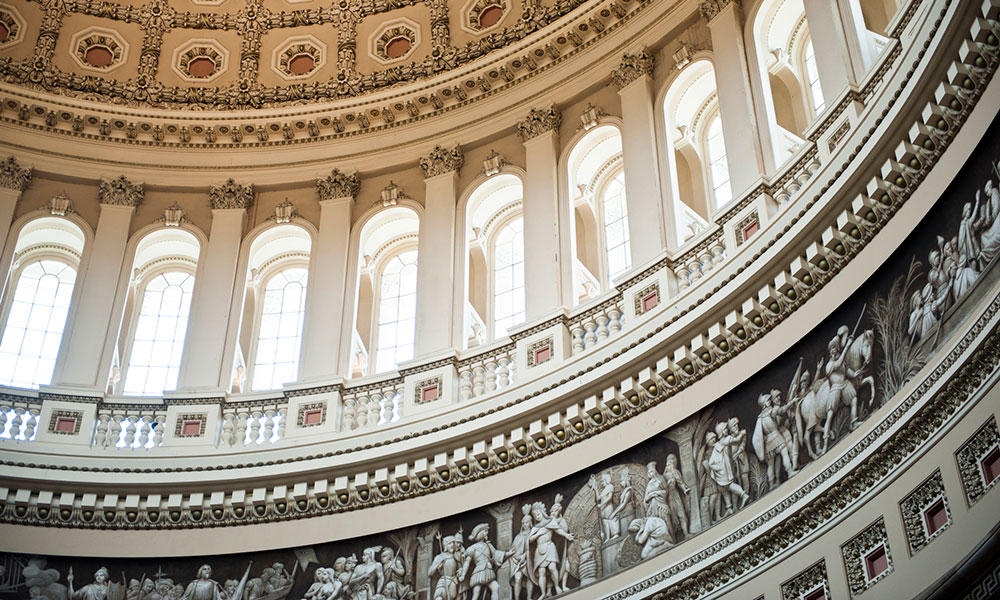
Analysis: Lobbying Spend Increases in 2017, but Lobbyist Numbers Drop
A new analysis by the Center for Responsive Politics and The Hill found that lobbying spending was at a five-year high for the first half of 2017. Many associations and advocacy groups shifted their lobbying strategies to reflect the new political climate.
With a new presidential administration in place in Washington, DC, overall lobbying spending saw a big jump during the first six months of 2017—but the players were a bit different.
According to data released by the Center for Responsive Politics and The Hill this week, the $1.66 billion spent on lobbying in the first half of this year was the highest seen during the first six months of a year since 2012.
At the same time, the lobbying ranks have shrunk. A total of 9,460 people were registered as lobbyists in the second quarter of 2017—a drop of 335 from the first quarter, according to the Open Secrets Blog.
Groups Shift Spending
Associations representing specific industries became more influential on the lobbying front as a result of the changing political landscape.
The Pharmaceutical Research & Manufacturers of America, the third-largest spender in the current tally, increased its lobbying expenditures by 35 percent in the first half of 2017, from $10.6 million to $14.2 million, according to The Hill.
More dramatically, the National Retail Federation, which earlier this year was fending off a proposed border-adjustment tax that failed to make it through Congress, nearly doubled its spending on lobbying compared to the first six months of 2016, from $3.7 million to $7.3 million. The American Petroleum Institute, likewise, increased its spending by 64 percent, from about $3 million to $4.9 million.
Some associations made more modest increases. The American Medical Association, facing the prospect of an Affordable Care Act repeal, boosted its spending by 10 percent—from $11.3 million to $12.5 million. (It’s the fourth-largest spender on the list.) AARP, also fighting the repeal effort, increased its spending nearly 20 percent, to $4.6 million from $3.9 million.
And the National Association of Manufacturers, which took its message outside of Washington earlier this year, increased its lobbying spend by 12 percent, from $3.9 million to $4.4 million.
One group that spent significantly less was still the top spender on the list: The U.S. Chamber of Commerce spent around $40 million in the first six months of 2017, down nearly 25 percent from the first six months of 2016, when it spent $52.3 million. The Business Roundtable, meanwhile, reduced its spending from $8.1 million to $5.5 million, a 32 percent drop.
A Few Caveats
While many of these changes are dramatic, The Hill notes that they may reflect money shifted elsewhere.
Several trade groups on the list, including the U.S. Chamber, National Retail Federation, and Business Roundtable, use the “IRS method,” which adds spending on political advertising and other forms of advocacy into their total lobbying expenditure. This means their spending may have been affected by advocacy related to the 2016 election, for example.
And the Center for Responsive Politics warned about “shadow” lobbying, in which officials continue to do lobbying work without formally reporting it.
“The approach to lobbying nowadays seems to be quality over quantity, as fewer lobbyists are doing more work to sway federal government policy,” the Center’s Sara Swann wrote on the OpenSecrets Blog. “But our research indicates a significant portion of those who are ostensibly no longer active continue to do similar work without the scrutiny of public disclosure.”
(iStock/Thinkstock)






Comments